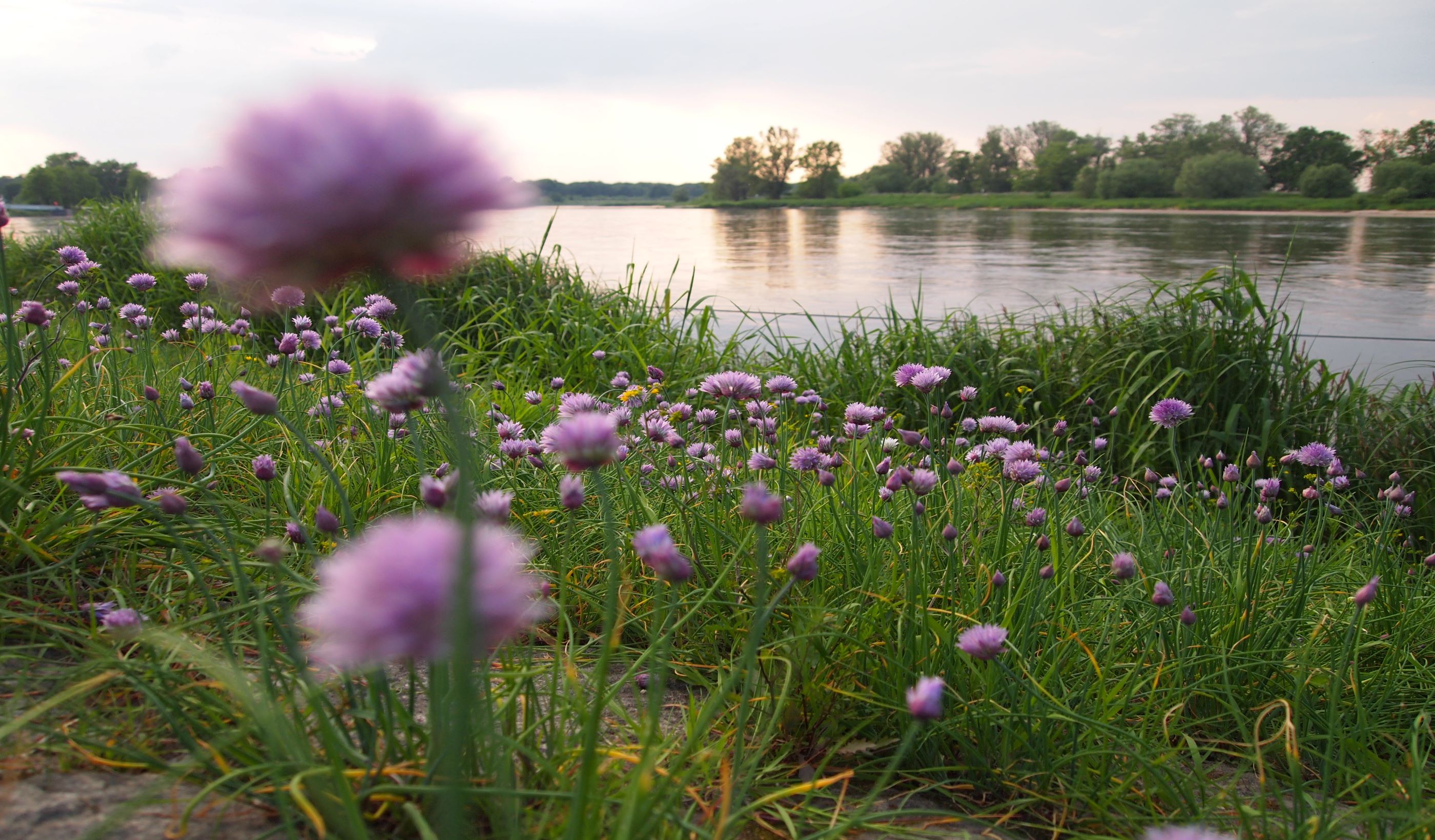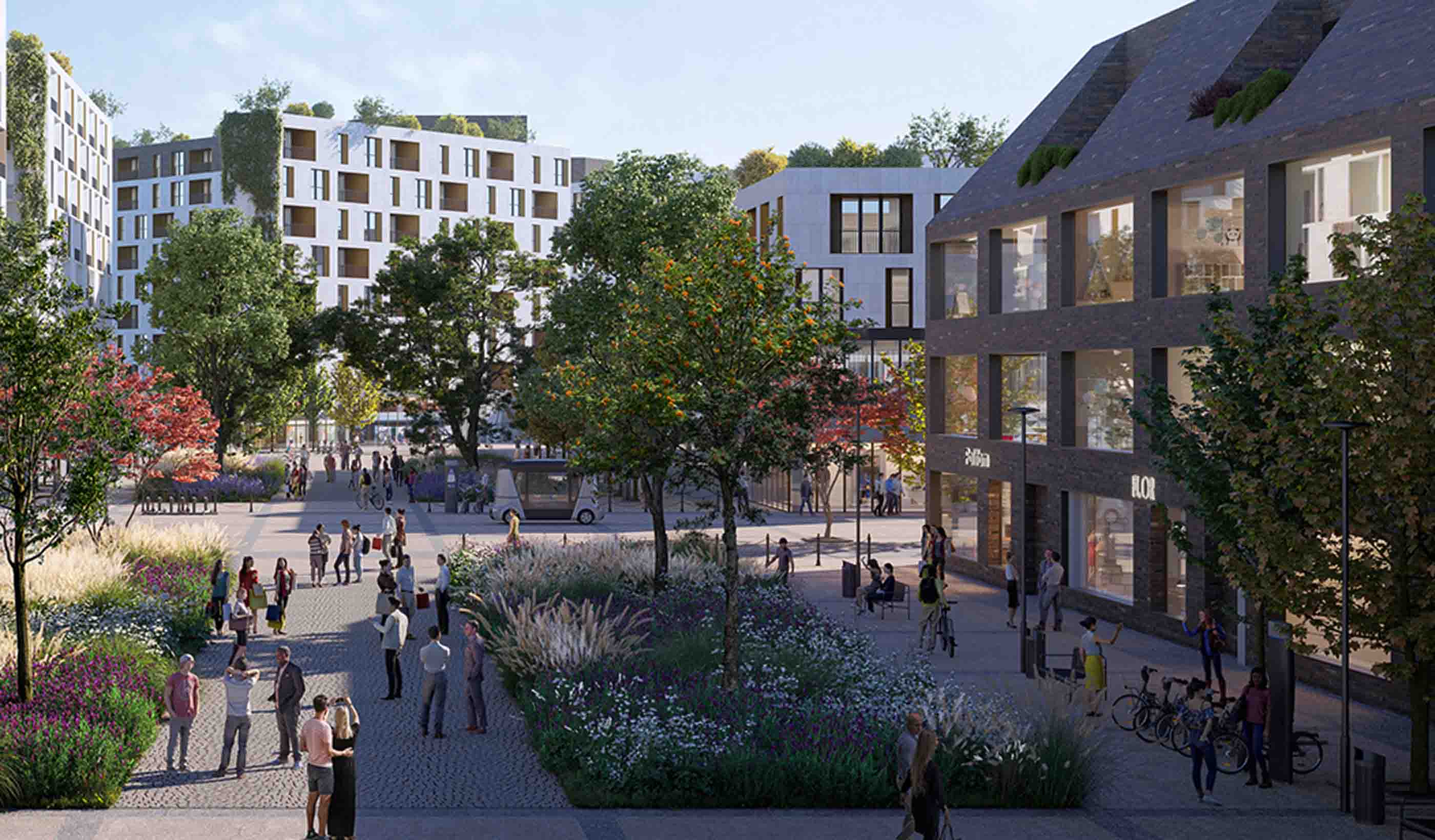At a Glance
-
8.5K
Feet of Restoration
-
5
Years of Monitoring
-
3D
Design Packages
- Location
- Owen County, Kentucky
- Offices
-
- Location
- Owen County, Kentucky
- Offices
Share
Elm Fork Stream Restoration
The Kentucky Department of Fish & Wildlife Resources (KDFWR) wanted to improve the health of Elm Fork and Minors Creek, restoring natural habitats within the Kleber Wildlife Management Area. Our job was to handle design, focusing on increasing riffle habitat while connecting the stream back to its historic floodplain.
The project was predominantly Priority-I restoration, where we reconnected the stream to its abandoned floodplain by raising the channel thalweg with Priority-II transitions. We raised the bed of the channel a maximum of three feet. In order to keep flow up on the top of the riffles, our team used a clay plug and designed periodic groundwater dams across the valley. Using tree removal and woody debris generated by construction, we built wood-toe sod mats, log vanes, and rock/log constructed riffles, all the while surveying for rare and endangered plants.
We completed the geomorphic assessment using survey-grade GPS and included the development of a site-specific, mini-regional curve to help verify bankfull determinations. Utilizing a variety of constructed riffles, our team increased riffle diversity and minimized construction costs.
Now, with our help, the Kentucky Department of Fish & Wildlife Resources has successfully restored 8,500 linear feet (2,600 linear metres) of habitat within the Kleber Wildlife Management Area. The result? The restoration and improvement of 10 acres (4 hectares) of adjacent riparian habitat that will capture more than 12 tons of carbon per year when mature.
At a Glance
-
8.5K
Feet of Restoration
-
5
Years of Monitoring
-
3D
Design Packages
- Location
- Owen County, Kentucky
- Offices
-
- Location
- Owen County, Kentucky
- Offices
Share
Wanda Lawson, Principal
Ecosystem restoration is an amazing, yet challenging endeavor and a great ecosystem restoration project is incredibly rewarding.
We’re better together
-
Become a client
Partner with us today to change how tomorrow looks. You’re exactly what’s needed to help us make it happen in your community.
-
Design your career
Work with passionate people who are experts in their field. Our teams love what they do and are driven by how their work makes an impact on the communities they serve.























